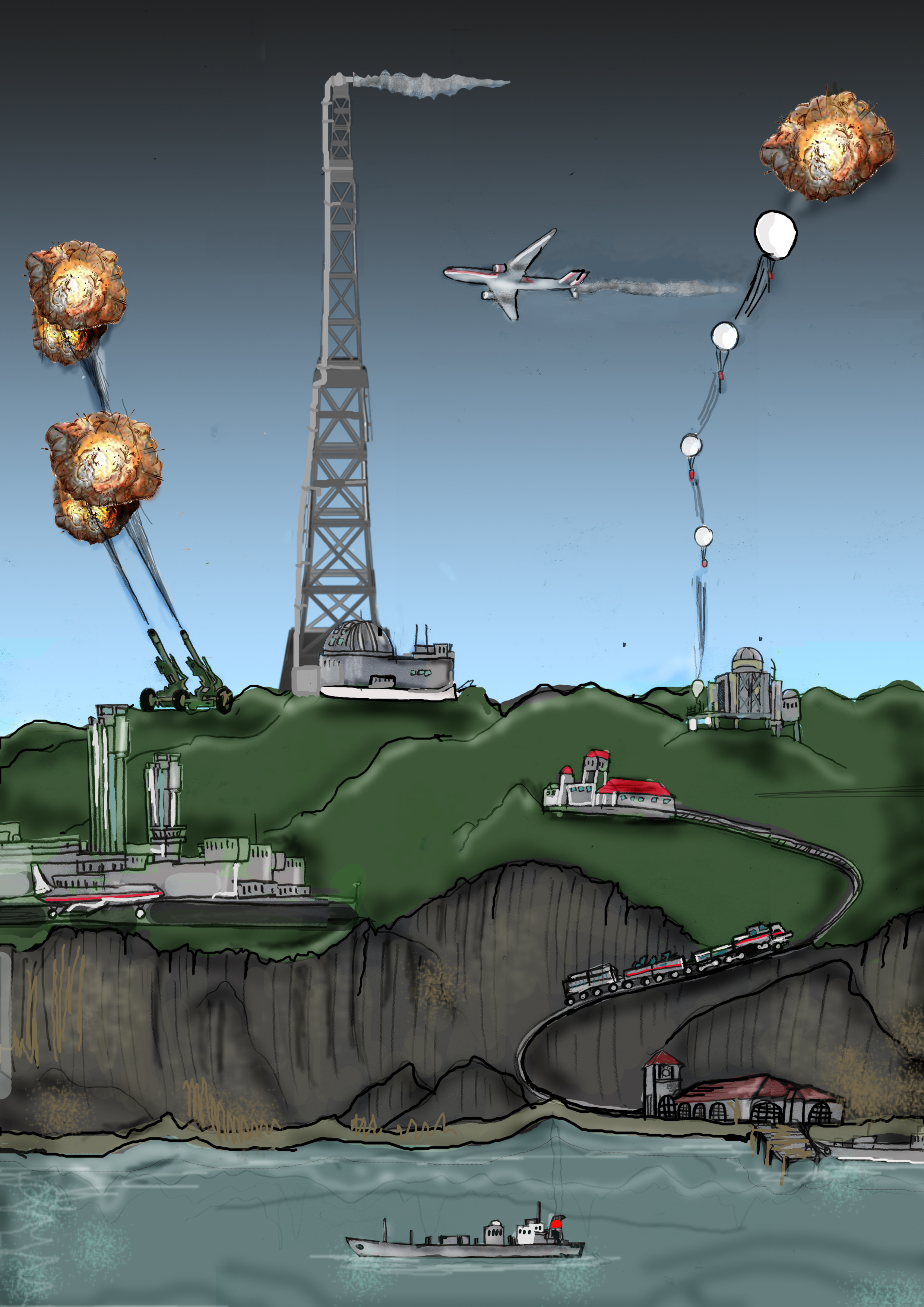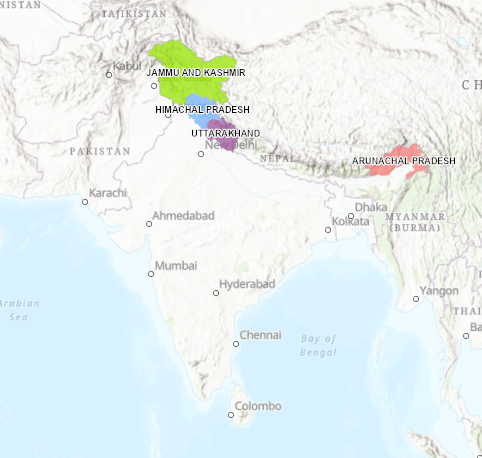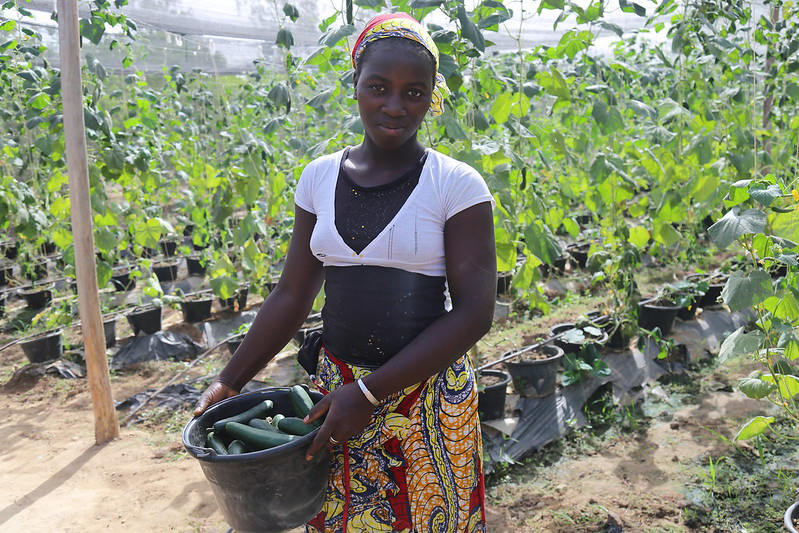Climate scientists and national security experts at Pacific Northwest National Laboratory are working together to explore the security consequences of the changing climate.
Tag: Geoengineering
Geoengineering may slow Greenland ice sheet loss
Modeling shows that stratospheric aerosol injection has the potential to reduce ice sheet loss due to climate change.
Studying ship tracks to inform climate intervention decision-makers
Scientists from Sandia National Laboratories are studying ship tracks — clouds that reflect sunlight and are formed by moving ships, similar to contrails from planes — to help inform decision-makers of the benefits and risks of one technology being considered to slow climate change.
Scientists evaluate Earth-cooling strategies with geoengineering simulations
A group of international scientists led by Cornell University is – more rigorously and systematically than ever before – evaluating if and how the stratosphere could be made just a little bit “brighter,” reflecting more incoming sunlight so that an ever-warming Earth maintains its cool.
STUDY WEIGHS THE RISKS OF CLIMATE GEOENGINEERING
To slow down the accelerating pace of climate change, scientists are working on radical geoengineering technologies like space mirrors, ocean iron fertilization, and cirrus cloud thinning to tweak the earth’s climate system. But a new study published in the journal Risk Analysis finds that none of these human interventions are risk free. Instead, “they merely shift risk or redistribute it,” says lead author Benjamin Sovacool, professor of energy policy at the University of Sussex Business School and a professor at Aarhus University and Boston University. “These risk tradeoffs must be evaluated if some of the more radical geoengineering technologies are to be deployed.”
Catastrophic Sea-Level Rise from Antarctic Melting is Possible with Severe Global Warming
The Antarctic ice sheet is much less likely to become unstable and cause dramatic sea-level rise in upcoming centuries if the world follows policies that keep global warming below a key 2015 Paris climate agreement target, according to a Rutgers coauthored study. But if global warming exceeds the target – 2 degrees Celsius (3.6 degrees Fahrenheit) – the risk of ice shelves around the ice sheet’s perimeter melting would increase significantly, and their collapse would trigger rapid Antarctic melting. That would result in at least 0.07 inches of global average sea-level rise a year in 2060 and beyond, according to the study in the journal Nature.
UB experts can discuss Earth Day, future of the environmental movement
BUFFALO, N.Y. — University at Buffalo researchers are available to discuss the history of Earth Day and the future of environmental activism. Adam Rome, PhD Professor of Environment and Sustainability UB College of Arts and Sciences [email protected] Rome is an…

How Would Geoengineering Impact Nature?
Should humans use technology to put the brakes on global warming? Stratospheric aerosol intervention (SAI) is a climate intervention that has been studied as a way to help cool the Earth. But what would be the consequences to natural systems of SAI? This question is being examined by a large scientific research team.

What are the promises and perils of geoengineering?
In a new book, “Has It Come to This? The Promises and Perils of Geoengineering on the Brink,” Holly Jean Buck and colleagues weigh in on social, ethical and political dimensions of deliberate, large-scale interventions in the planet’s climate.
Engineer to model sunshine deflection for cooling planet
The SilverLining Safe Climate Research Initiative has awarded a $500,000 grant to a Cornell University engineering researcher, who will model the effects of introducing reflective aerosols into the stratosphere, which could deflect enough sunbeams to reduce Earth’s temperature and limit climate change impact.

Geoengineering is Just a Partial Solution to Fight Climate Change
Could we create massive sulfuric acid clouds that limit global warming and help meet the 2015 Paris international climate goals, while reducing unintended impacts? Yes, in theory, according to a Rutgers co-authored study in the journal Earth System Dynamics. Spraying sulfur dioxide into the upper atmosphere at different locations, to form sulfuric acid clouds that block some solar radiation, could be adjusted every year to keep global warming at levels set in the Paris goals. Such technology is known as geoengineering or climate intervention.

Geoengineering’s Benefits Limited for Apple Crops in India
Geoengineering – spraying sulfur dioxide into the atmosphere to combat global warming – would only temporarily and partially benefit apple production in northern India, according to a Rutgers co-authored study. But abruptly ending geoengineering might lead to total crop failure faster than if geoengineering were not done, according to the study – believed to be the first of its kind – in the journal Climatic Change.
Rutgers Expert Available to Discuss Doomsday Clock and Nuclear and Climate Threats
New Brunswick, N.J. (Jan. 23, 2020) – Rutgers University–New Brunswick Professor Alan Robock, an expert on nuclear winter, climate change and geoengineering, is available to discuss the Doomsday Clock moving to within 100 seconds of midnight today. “Humanity continues to face two…

Can Solar Geoengineering Mitigate both Climate Change and Income Inequality?
New research from the University of California San Diego finds that solar geoengineering—the intentional reflection of sunlight away from the Earth’s surface—may reduce income inequality between countries.